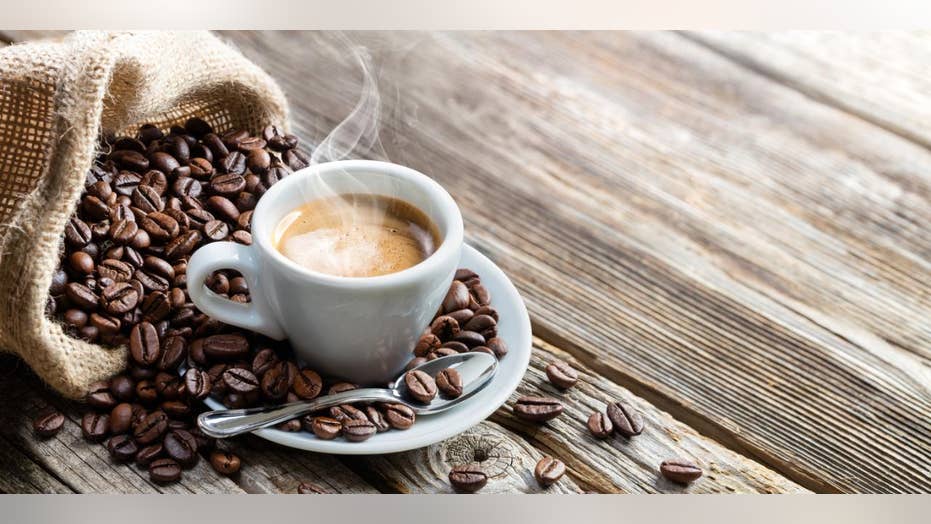
Espresso is the basis for the majority of the coffee and milk based beverages on the menu. The material expenses are around 15 cents to make a shot of espresso, and about 35-40 cents to make a mocha, latte or cappuccino? Naturally, devices, staffing and location include a lot to the cost, however the low consumable costs vs. high market prices are one of the main factors many coffee shops are emerging in the areas throughout America.
Follow the link for the full article https://www.pearltrees.com/thebarista#item443655973.
This guide presents the practical details needed for you to pick the ideal espresso equipment for your home, workplace, or small business. Without a firm understanding of the different espresso makers, the decision process may be rather overwhelming and confusing just due to the truth there are numerous designs to pick from. This guide is not very brief, however investing the time to read it will greatly boost your buying experience.
Espresso is simply another approach by which coffee is brewed. There are several ways of brewing coffee that consist of the use of a stove leading coffee maker, percolator, French press (or coffee press), vacuum pot and others. Espresso is brewed in its own unique method.
Espresso is a drink that is produced by pressing hot water, between 192F and 204F, at high pressures, through a bed of finely ground, compacted coffee. A typical single is approximately 1 to 1.5 ounces of beverage, utilizing roughly 7grams (or 1 tablespoon) of ground coffee. A regular double is between 2 and 3 ounces, using double the volume of coffee premises. The shot is brewed for around 25 to 30 seconds, and the very same time applies to both a double or single shot (double baskets are larger, with more screen area, and the coffee streams much faster - single baskets limit the flow more, leading to 1.5 ounces in 25-30 seconds).
An espresso maker brews coffee by forcing pressurized water near boiling point through a "puck" of finely ground coffee beans and a metallic screen in order to make a syrupy, focused coffee called espresso. The first unit for preparing espresso was built and patented in 1884 by Angelo Moriondo in Italy. Check this Twitter Moments collection for an in-depth introduction to the espresso machine.
⚡️ “How to Choose an Espresso Machine” by @coffeeblogger1 https://t.co/sTC6SIx6Yw
— Coffee Lover (@coffeeblogger1) February 28, 2021
Crema is one of the visual indications of a quality shot of espresso. In Italy, where most true espresso is purchased in a coffee shop, it is traditional to raise cup and saucer, smell the shot, and drink it in 3 or 4 fast gulps.
Espresso is confusing because generally, it isn't ready properly. Real espresso, brewed with a pump or piston driven espresso maker is very demanding on the bad coffee bean grinds. Prior to we get into the relative 'abuse' that ground coffee is put through to produce a remarkable espresso, let us take an action back and go over a bit more the misunderstandings about the beverage.
Espresso is not a type of bean: This is a common misunderstanding, and inaccurate marketing by coffee chains, supermarket, and even word of mouth provide the impression that espresso is a kind of bean. Any coffee bean can be used for espresso, from the most typical Brazils to the most exotic Konas and Ethiopian Harar coffees.
Espresso is not a type of blend: This one is also a common mistaken belief, however with some fact to the claim because there specify blends developed for espresso. The problem is, lots of people believe there is only one type of blend that is matched for espresso. Many high quality micro roasters would disagree with this - Roaster Craftsmen the world over work vigilantly by themselves variation of "the perfect espresso blend".
Espresso is not a Roast Type: Another popular misunderstanding is that espresso can only be roasted one way (and usually the idea is that espresso must be extremely dark and glowing with oils). This is not the case. The Northern Italian method of roasting for espresso is producing a medium roast, or more typically understood as a "Full City" roast if you like on the west coast of the USA. In California, the normal "espresso roast" is a dark, or "French" roast, and in parts of the eastern US, a really light or "cinnamon" roast style is chosen. The bottom line here is this: you can make great espresso from nearly any roast type; the choice is purely up to your own taste buds.
Espresso is the basis for many of the coffee and milk based beverages on the menu. Espresso is a beverage that is produced by pushing hot water, between 192F and 204F, at high pressures, through a bed of carefully ground, compacted coffee. Real espresso, brewed with a pump or piston driven espresso device is extremely requiring on the bad coffee bean grinds. Espresso is not a type of blend: This one is likewise a typical mistaken belief, however with some fact to the claim in that there are specific blends created for espresso. Espresso is not a Roast Type: Another popular misunderstanding is that espresso can just be roasted one way (and generally the thought is that espresso needs to be super dark and shining with oils).
The full article, and more espresso brewing info at Coffee-Brewing-Methods.com